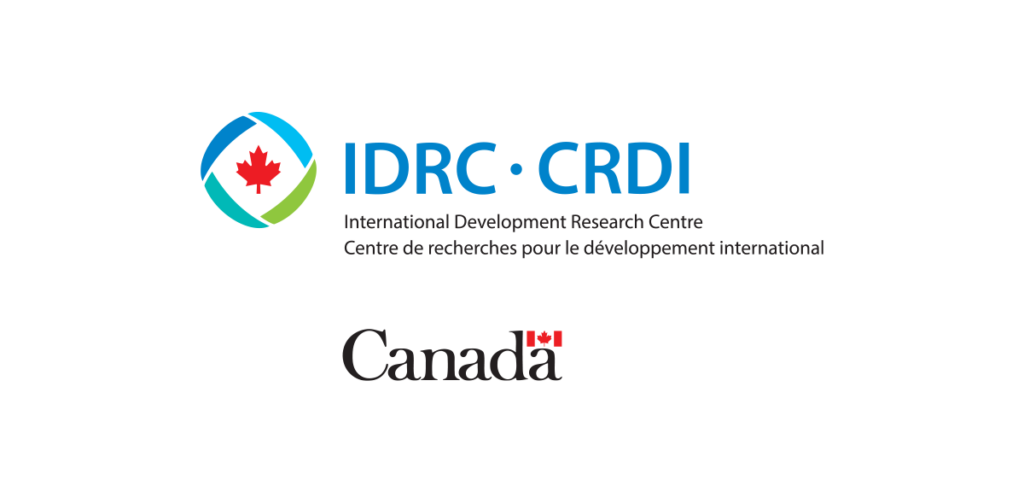The purpose of this handbook is to describe recommended protocols for a trans-disciplinary, systems-based approach for regional-scale (local to national scale) integrated assessment of agricultural systems under current and future climate, bio-physical and socio-economic conditions, and potential interventions and adaptations. These assessments are designed to evaluate climate impact, adaptation and vulnerability of farming systems and farm households in support of stakeholder decision processes. The methods presented here are designed to represent the population of farm households operating in a recognized farming system in a geographic region, typically comprising one or more agro-ecological zones within a country, with larger-scale assessments possible given data availability.
Readers who wish to learn about the overall process should read through the main sections, and others may want to go directly to the numbered sections below that provide a step-bystep description of the procedures. This handbook is written to guide a consistent set of integrated assessments that can be applied to any region globally. A list of the key characteristics of an AgMIP regional integrated assessment (RIA) is provided in the next section. These protocols were created to guide stakeholder-oriented climate, crop and livestock modeling, economic modeling of farming systems, and information technology components of its projects, and are the regional manifestation of approaches first outlined by Rosenzweig et al. (2013).
Various research teams have conducted regional assessments following AgMIP protocols and integrated assessment procedures, either independently or as part of AgMIP’s Coordinated Global and Regional Assessments (Rosenzweig et al., 2016; http://www.agmip.org/research/research-pillars/cgra/). This Handbook is a living document that is periodically updated based on what has been learned from the use and evaluation of the methods in prior versions. However, it is important to recognize that the procedures for regional integrated assessments presented here were designed for the data available to the AgMIP regional teams in Sub-Saharan Africa and South Asia, for implementation of two crop models per integrated assessment region (at least DSSAT and APSIM), and for use of one socio-economic model (TOA-MD) in the integrated impact assessments. We recommend the use of multiple crop, livestock, and economic models when feasible, based in large part on lessons learned in the various crop model intercomparisons (e.g., Rosenzweig et al., 2013; Asseng et al. 2013, 2015; Martre et al., 2014; Bassu et al., 2014; Li et al., 2015; Fleisher et al., 2017), global gridded crop model intercomparisons (Rosenzweig et al., 2014; Elliott et al., 2015; Müller et al., 2017), and global economic model intercomparisons (Nelson et al., 2014; von Lampe et al., 2014; Wiebe et al., 2015). We envision that specific choices of multiple models may vary among regions, but that a core set of models should be used such that results can be aggregated and compared across regions. This version of the protocols reflects the approaches taken in Phase 2 of the AgMIP SSA and SA regional integrated assessments supported by the UK Department for International Development (DFID), and thus differ slightly from the protocols used for Phase 1 assessments (Rosenzweig and Hillel, 2015).
Regional integrated assessments using the AgMIP RIA methods require close coordination among economic, climate, and crop modelers, IT team members, and stakeholder liaisons within each regional research team (RRT). Many teams are also integrating livestock modeling into their assessments and thus this version includes new information about the technical approach for livestock representation. Assessments begin with regional teams working with stakeholders to define what outcomes are to be evaluated and then developing details of the specific production systems that need to be quantified. Each RRT should focus on impacts related to, at minimum, food production, income, and poverty in their regions as influenced by changing climate, technologies, and socio-economic development; emphasizing important food crops and livestock systems and quantifying relevant uncertainties. Then a work plan should be developed by teams that will include AgMIPrecommended methods and procedures to accomplish integrated assessments and desired compatibility of outputs across regions.
This handbook was written such that it represents a minimum approach that can be expanded upon in regions where available data and resources allow. The methods and core approach used by all interdisciplinary research teams need to be consistent in order to enable meta-analyses and large-scale studies, such as the Coordinated Global and Regional Assessments (Rosenzweig et al., 2016). Particular care must therefore be taken in introducing new methods and models that could potentially limit the ability of results to be compared beyond the immediate region.





